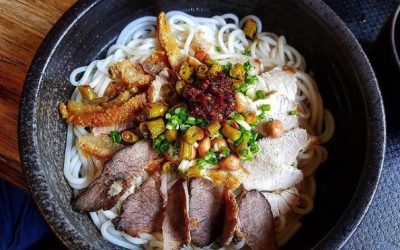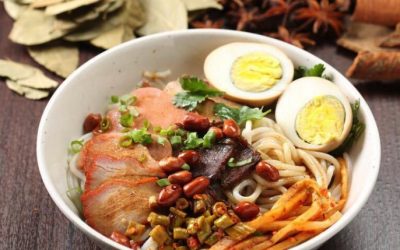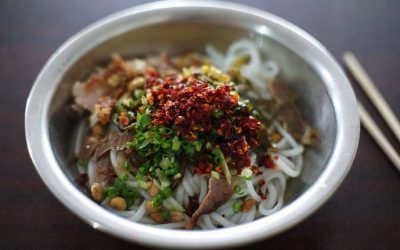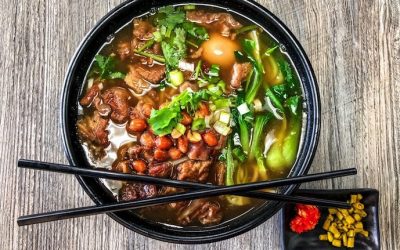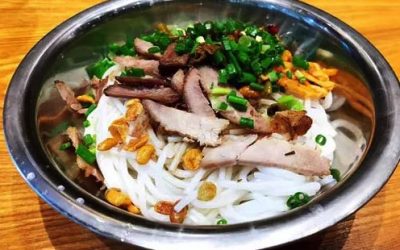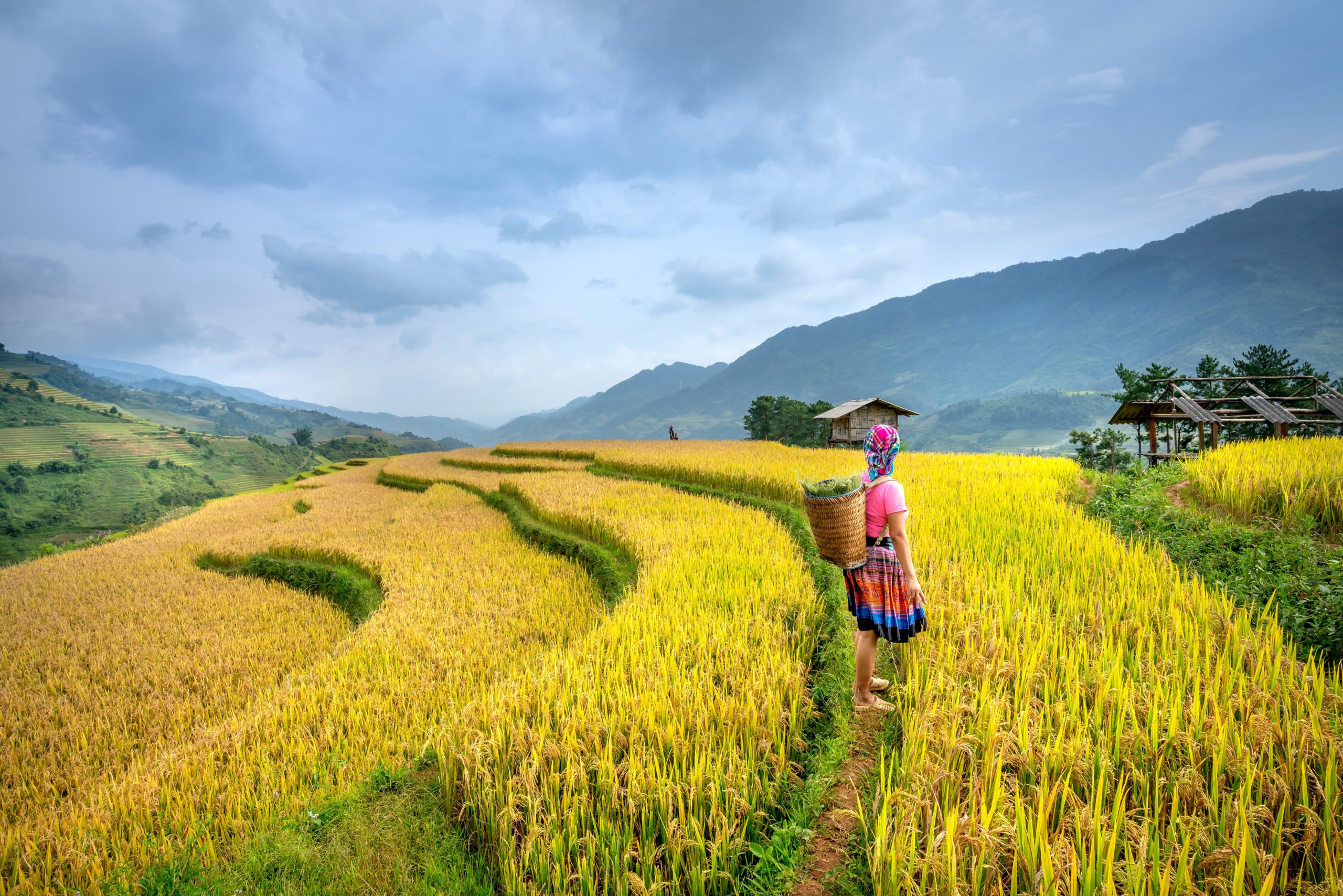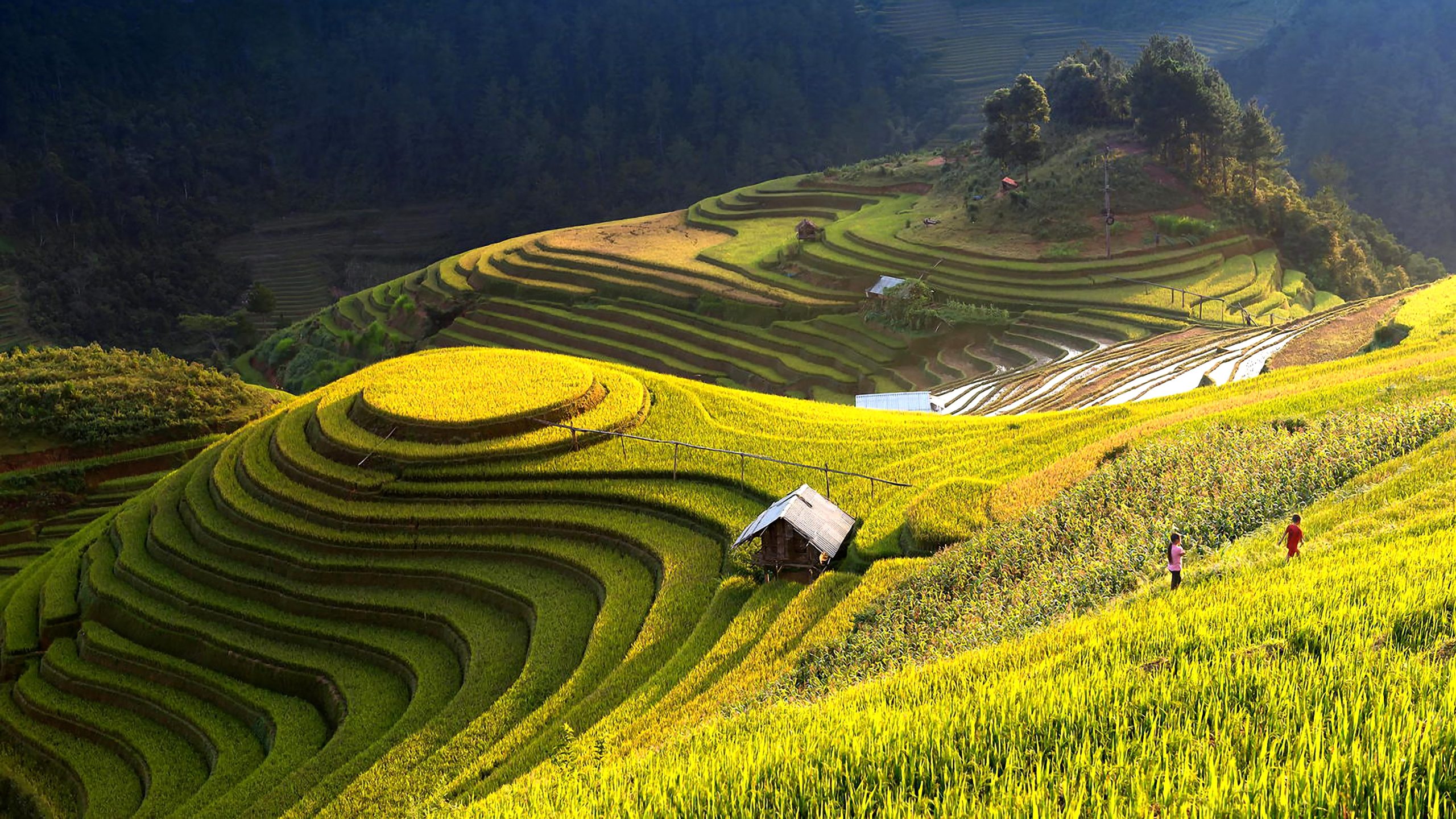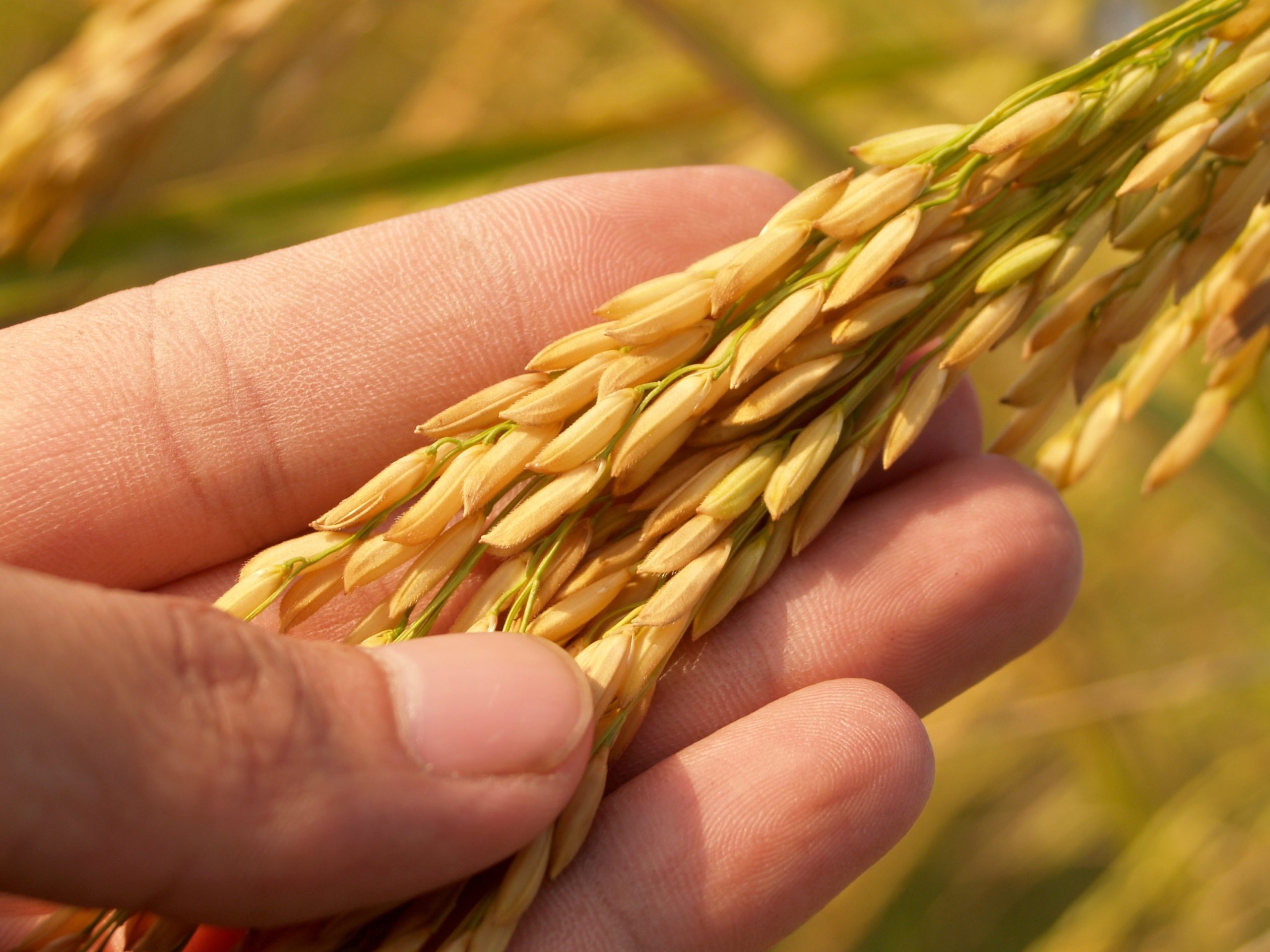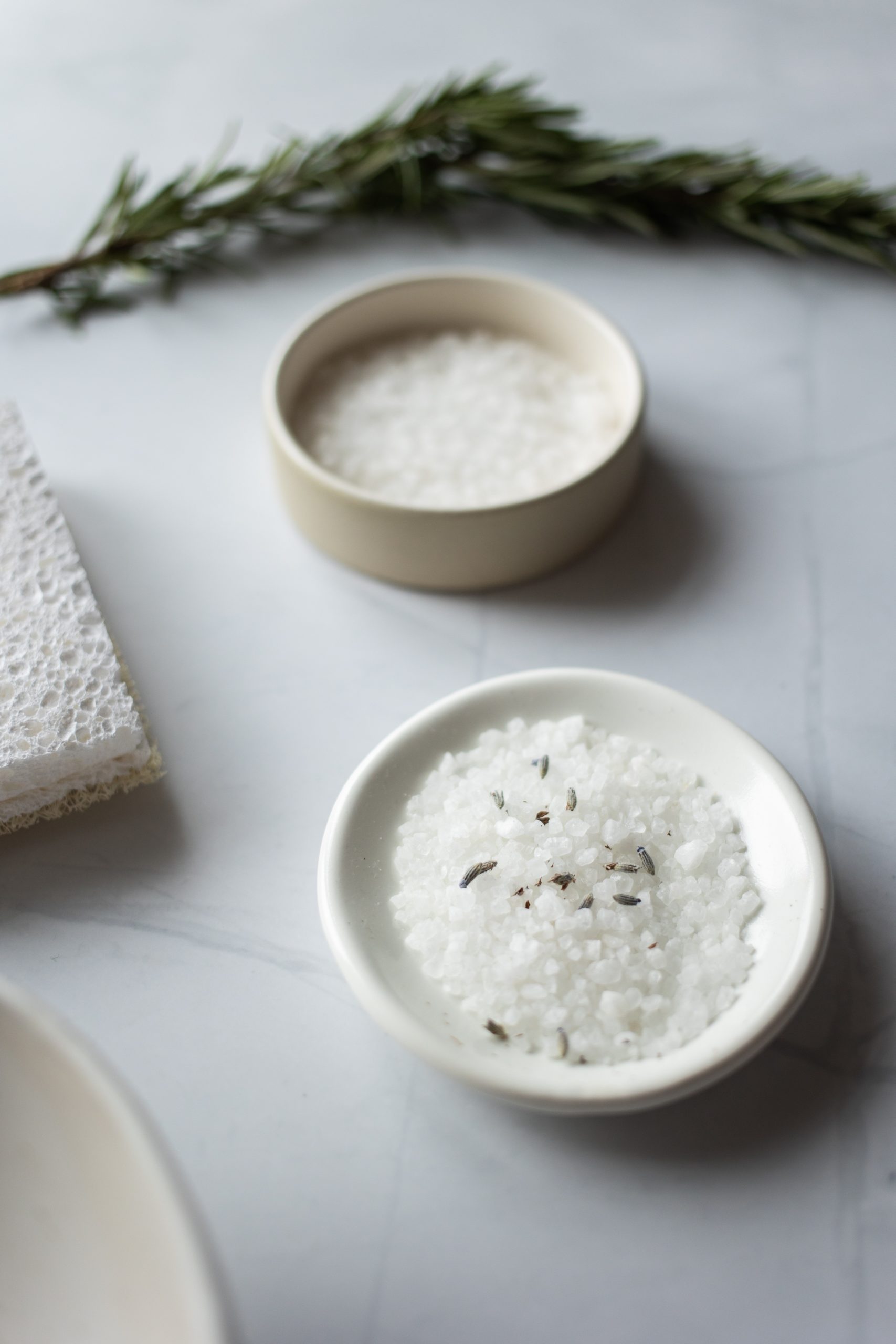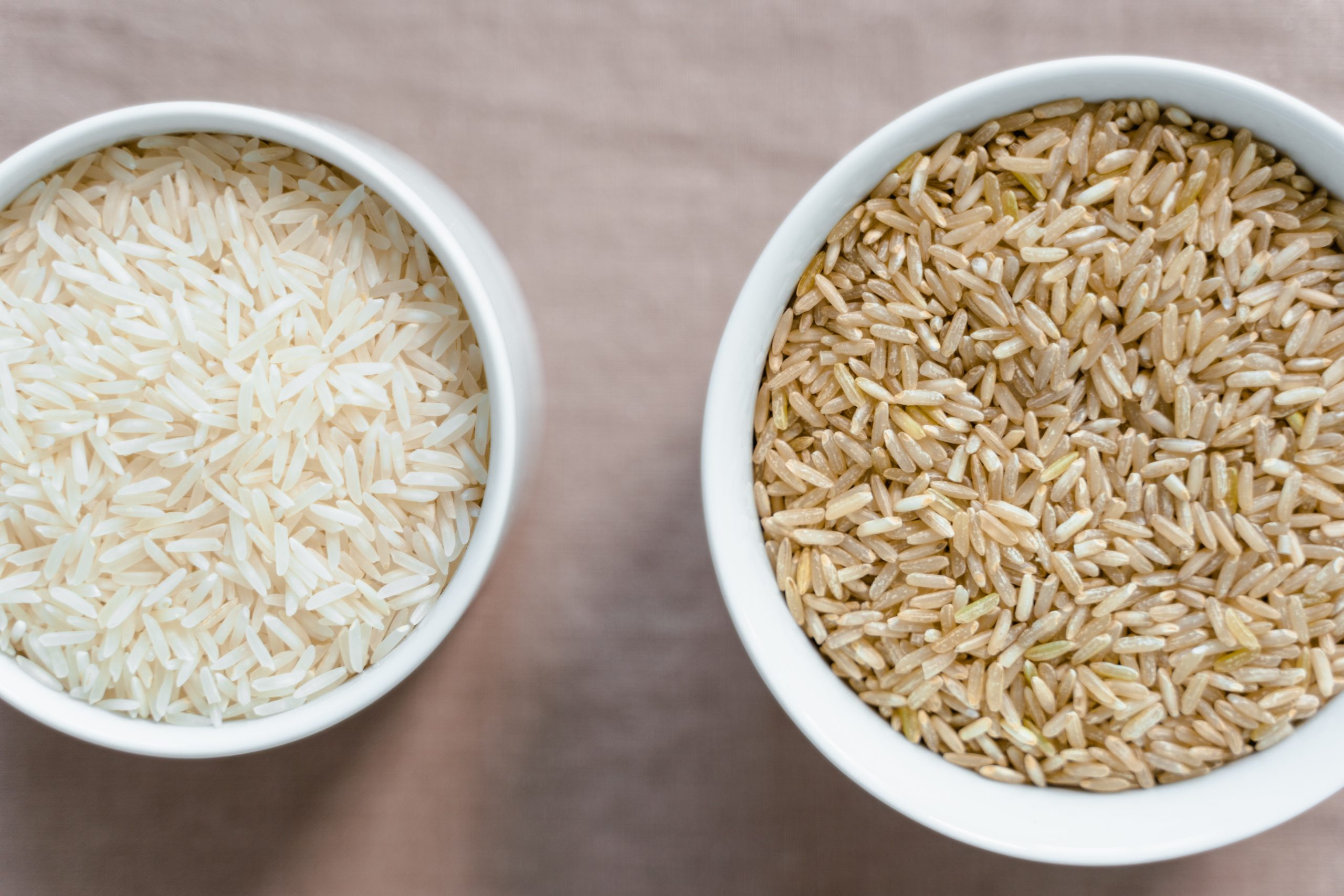The Origin of Rice Noodles
What are rice noodles?
Essentially, rice noodles are made of two main ingredients—rice flour and water—thrown together in a recipe that has stood the test of 2000 years since they were first made in China. While not as whimsically shaped as some pastas, rice noodles come in a variety that ranges from hair-thin vermicelli to the wide silky rice sheets used in Chinese dim sum. Like rice itself, these noodles don’t have much flavour on their own, but they pair well with light broths or punchy sauces, in stir-fries or dipped in curry.
Why rice and not wheat?
Generally speaking, China’s main carbohydrates follow a north-south divide, As a crop, rice requires a lot of water, and the south of China gets more rain on average than the north, Therefore, the north specializes in wheat, which doesn’t need all that much water, and the south, where Guilin is, specializes in rice.
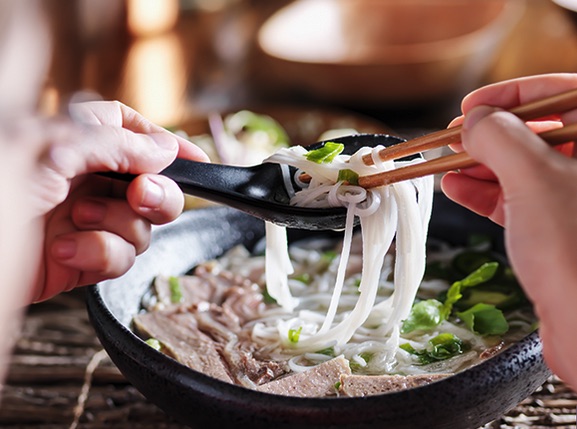
The Origin of Rice Noodles
Historical records suggest that when invaders from the North of China landed in the South of the country, they were more accustomed to eating wheat noodles rather than cooked rice. As rice grew plentifully in the South, Northern cooks tried making noodles from rice flour, and thus the rice noodle was born. Since then, rice noodles spread to other parts of the continent and are now a part of the local fare throughout Southeast Asia in dishes like stir-fried Char Kway Teow or spicy, soupy Laksa.1
How are rice noodles made?
1. Ageing raw rice
Rice is put in storage for up to 9 months to naturally undergo physiochemical changes, Ageing the un-milled rice in this way makes for fluffier and harder cooked rice, as well as noodles with a firmer, more desirable texture.

2.Fermentation
Lorem ipsum dolor sit amet, consectetur adipiscing elit. Ut elit tellus, luctus nec ullamcorper mattis, pulvinar dapibus leo.

3. Wet-milling
The rice is finally processed into a wet-milled flour by rolling it through a mill while periodically adding water.

4. Pre-gelatinization
Since rice flour lacks gluten and has poor binding properties, it is put through a process called pre-gelatinization that has to be done to help it form a cohesive dough. Simply put, pre-gelatinization involves adding boiling water or steam to the rice flour to draw out the natural starch in rice to help bind the dough together when it’s kneaded into balls.5 At this point, tapioca, potato or cornstarch is sometimes added to give the final noodle a chewier texture and glossier appearance.

5.Shaping into noodles
Once a dough is formed, it is then shaped and moulded into noodles.
a.Extruded through a mold and into boiling water to be cooked for 1-2 minutes to form round noodles like vermicelli or laksa noodles. Once cooked, these noodles need to be quickly cooled in a cold water bath (0 – 10℃).
b.Pressed into sheets to form flat noodles like rice stick noodles or rice rolls.

How are rice noodles made?

What are the variations of rice noodles?
There are many variations of Rice Noodles available in many countries all around southeast Asia, such as Vietnam, Thai. But the Guilin Rice Noodles have been proven the most best and famous one.
Our Riodo Collection
The best way to experience our wide collection of sweets is to visit the store. Follow the aromas and choose the most enticing Riodo to satisfy your stomach.

